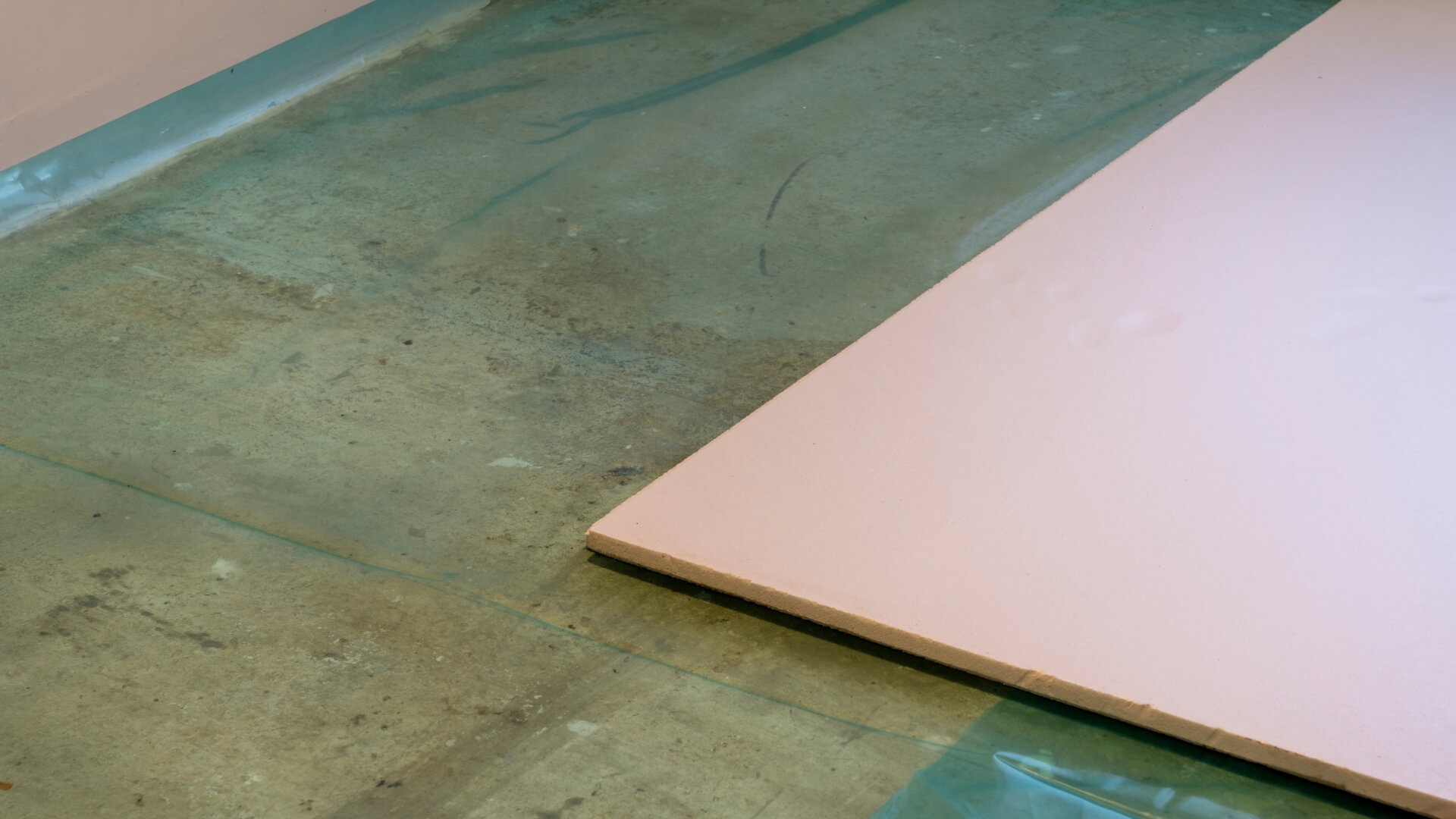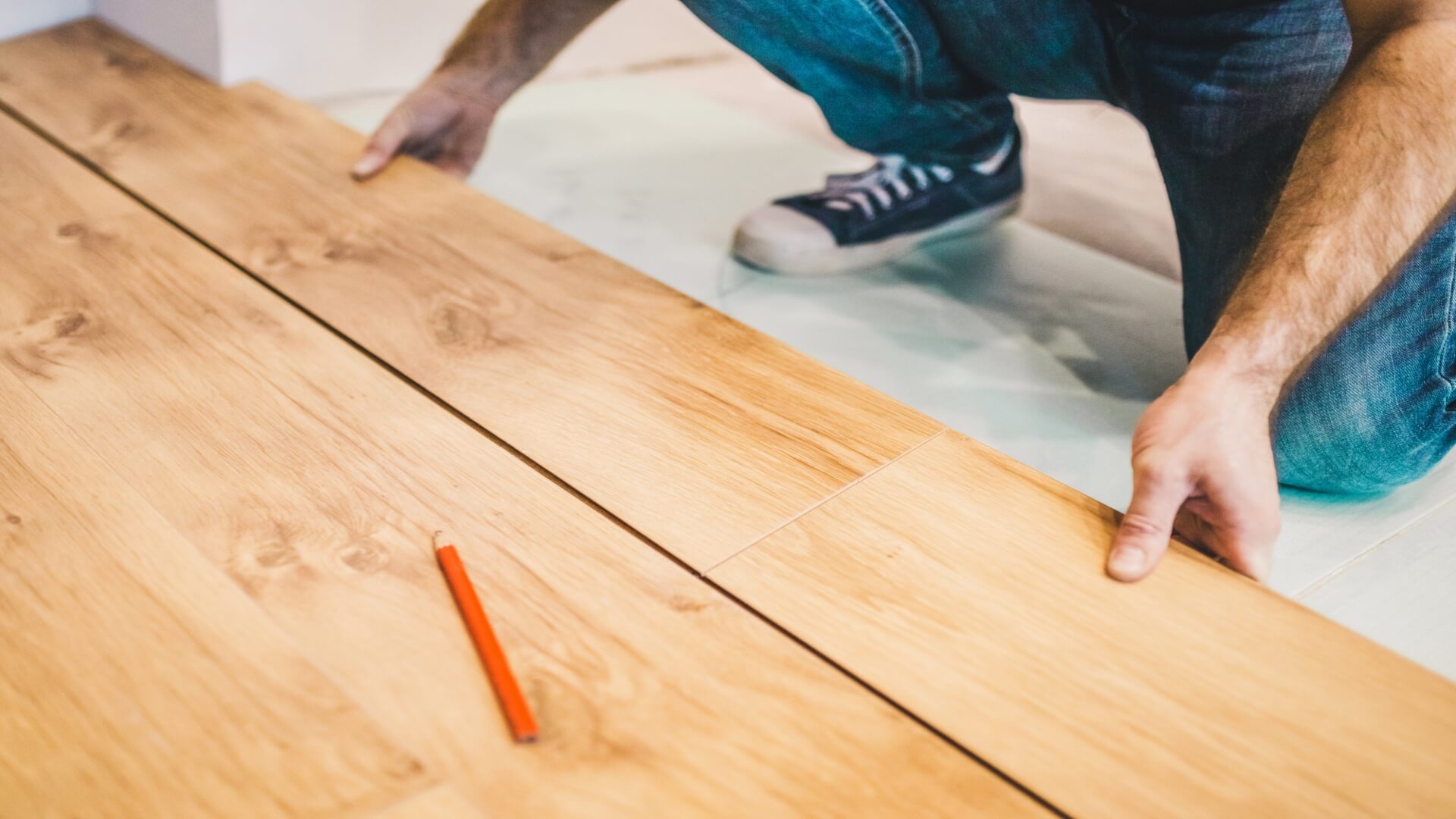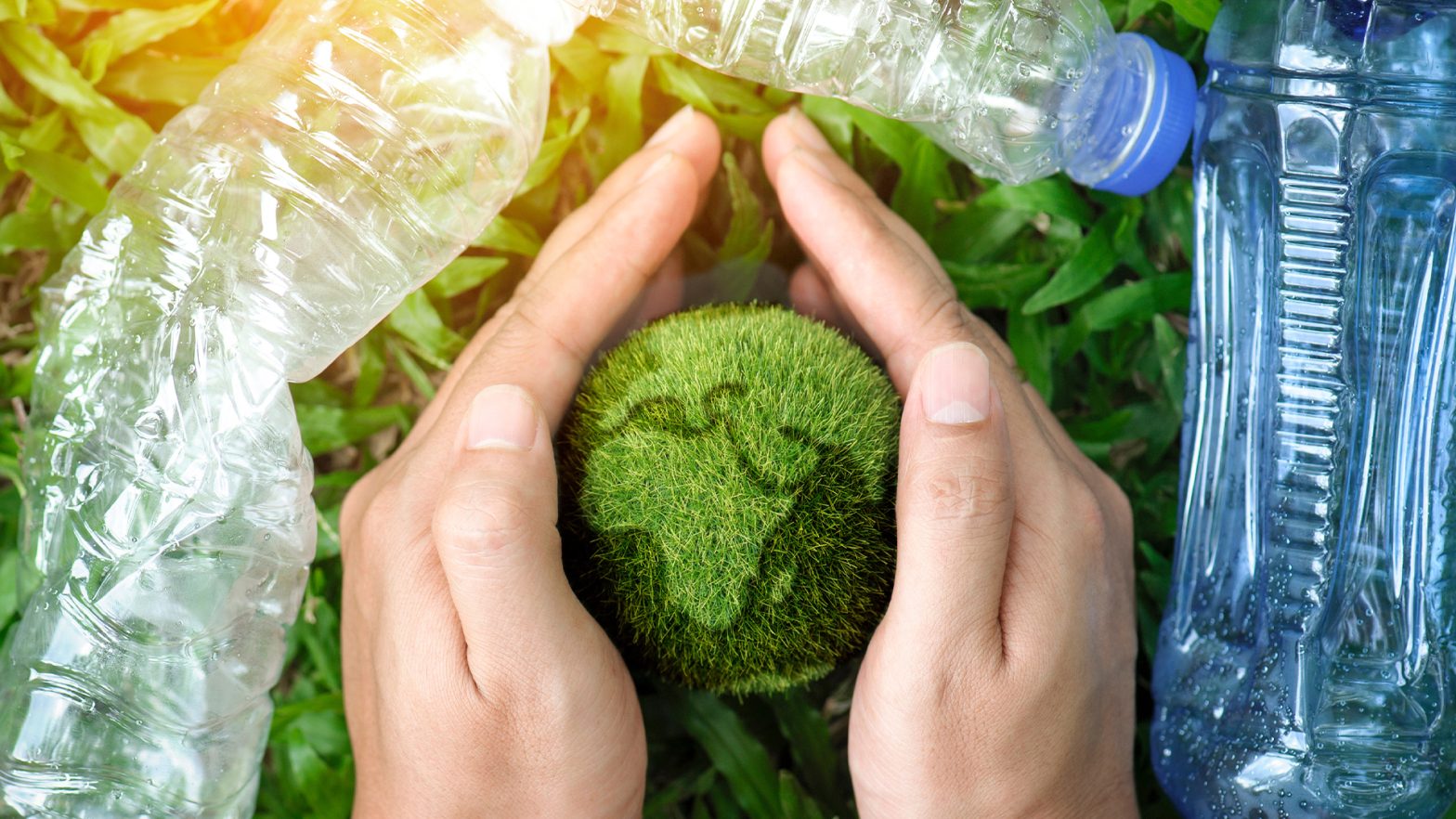If you’re planning a home remodelling project, consider eco-friendly flooring options. Sustainable flooring helps reduce your home’s carbon footprint and create a healthier environment for you and your family. Moreover, incorporating eco-friendly choices into your home boosts its value.
Sustainable flooring isn’t just natural, renewable, and recycled flooring. There’s more to consider, such as the material’s long-term environmental effects. Some factors that affect a flooring material’s environmental impact are its ability to be renewed or recycled, maintenance, responsible manufacturing, durability, and lifespan.
If you’re unsure about sustainable flooring options, below are excellent choices for your next project.
1. Salvaged Hardwood Flooring
Salvaged hardwood is any wooden material sourced from other structures such as buildings, barns, or factories, meaning no trees are cut down to produce it. This flooring type is suitable for homeowners who love the aesthetics and appearance of hardwood but seek an eco-friendly option.
Salvaged hardwood is considered higher quality than new hardwood as it has dried out and been exposed to external elements. Moreover, this flooring reduces waste by reusing wood that could end up in a landfill. However, not all salvaged hardwood is eco-friendly. For instance, if the wood has been treated with toxic chemicals, it may harm the environment. Therefore, research is needed to ensure that salvaged wood is environmentally safe. To learn more about hardwood flooring, visit woodenfloorsuk.com.
2.Cork Flooring
Cork is mainly used in the clothing industry as a sustainable fabric, meaning you can use it as earth-friendly flooring. Cork is a renewable material derived from the bark of cork oak trees. It’s harvested without harming the tree, as the cork naturally regenerates itself.
Moreover, the manufacturing of cork flooring utilizes less energy and produces minimal waste. The process entails cutting cork into small pieces, mixing it with resin, and then designing it into tiles or planks. The process doesn’t use harsh chemicals; the leftovers can be recycled or reused. Additionally, cork is a natural insulator, lowering energy consumption and reducing your home’s carbon footprint. Finally, cork is resistant to fire and mould. It is easily cleaned with non-toxic products, making it a great eco-friendly choice.
3. Linoleum Flooring
Linoleum is a traditional flooring option that many homeowners often overlook. However, it’s among the most eco-friendly options available today. Linoleum flooring is made from biodegradable and natural materials like wood flour, cork dust, linseed oil, and pine resin, making it a renewable flooring.
Furthermore, the linoleum flooring production process has a low environmental impact as it uses fewer chemicals and generates minimal waste. Also, linoleum flooring is long-lasting, eliminating the need for frequent replacements. It reduces the junk in landfills, making linoleum flooring an excellent sustainable choice.
4. Bamboo Flooring
Bamboo is a significant name in eco-friendly products. Bamboo is a rapidly renewable source as it grows faster. Bamboo trees can be harvested within three to five years—a shorter time than the decades it takes for hardwood trees to mature. Moreover, bamboo flooring is durable and versatile, providing a classic appearance with stain colours. It makes bamboo an excellent replacement for hardwood flooring.
However, not all bamboo flooring is eco-friendly. Most bamboo comes from tropical and subtropical regions. It can lead to pollution and high emission levels through the transportation process. Moreover, some manufacturers use toxic chemicals during the production process. Therefore, choose reputable manufacturers that use natural materials and non-toxic chemicals and commit to sustainability.
5. Natural Stone Flooring
Natural stone is a raw material that’s constantly recreated by the earth. Since it’s natural, its production process has a low environmental impact. Natural stone can also be reused for other household projects. This flooring type is durable, requires minimal maintenance, and doesn’t release toxins into your home. Additionally, natural stone is mainly sourced locally, reducing the environmental impact of transportation.
6. Rubber Flooring
Rubber flooring is made from recycled rubber, such as old tires or other rubber materials. It reduces the amount of rubber waste ending up in landfills. This flooring type is mainly used in gyms and playgrounds but can also be used in kitchens, bathrooms, and sunrooms. Rubber flooring is durable, water and slip-resistant, and doesn’t emit toxins. Moreover, rubber is naturally resistant to mould, mildew, and bacteria, reducing the need for harsh chemical cleaners.
Conclusion
With the rise of environmental consciousness, there’s a need for green flooring options. However, earth-friendly flooring doesn’t have to be at the expense of style. With the above flooring options, you can improve your home’s aesthetics and value while conserving the environment.






























